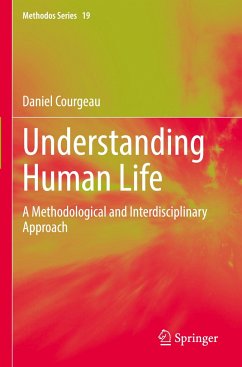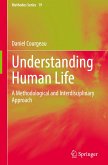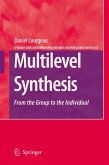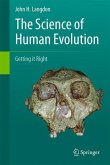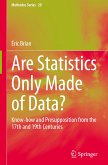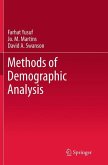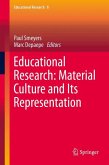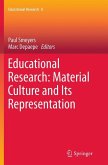This book addresses the challenge of understanding human life. It compares our life experience with the attempts to grasp it by astrologers, eugenicists, psychologists, neuroscientists, social scientists, and philosophers. The main opposition among these specialties lies between understanding and misunderstanding. The book also addresses the central methodological difficulty of capturing a human life.
It is first examined how certain approaches may lead to a misunderstanding of human life. The book contrasts the example of astrology-an accepted practice in ancient civilizations, but now classified among the pseudosciences-with astronomy, a full-fledged science since Galileo's time. Another, more recent approach regards human life as predetermined by genes: the methods used by eugenicists, and later by political regimes under the name of hereditarianism, came to compete with genetics. A broader analysis shows how astrology and eugenicism are not truly scientific approaches.
Next, the book looks at the ways of capturing an imaginary or real human life story. A comprehensive approach will try to fully understand their complexity, while a more explanatory approach considers only certain specific phenomena of human life. For example, demography studies only births, deaths, and migration. Another crucial factor in the collection of life histories is memory and its transmission. Psychology and psychoanalysis have developed different schools to try to explain them.
The book concludes with a detailed discussion of the concepts and tools that have been proposed in more recent times for understanding the various aspects of life stories: mechanisms, systems, hermeneutics, and autonomy.
It is first examined how certain approaches may lead to a misunderstanding of human life. The book contrasts the example of astrology-an accepted practice in ancient civilizations, but now classified among the pseudosciences-with astronomy, a full-fledged science since Galileo's time. Another, more recent approach regards human life as predetermined by genes: the methods used by eugenicists, and later by political regimes under the name of hereditarianism, came to compete with genetics. A broader analysis shows how astrology and eugenicism are not truly scientific approaches.
Next, the book looks at the ways of capturing an imaginary or real human life story. A comprehensive approach will try to fully understand their complexity, while a more explanatory approach considers only certain specific phenomena of human life. For example, demography studies only births, deaths, and migration. Another crucial factor in the collection of life histories is memory and its transmission. Psychology and psychoanalysis have developed different schools to try to explain them.
The book concludes with a detailed discussion of the concepts and tools that have been proposed in more recent times for understanding the various aspects of life stories: mechanisms, systems, hermeneutics, and autonomy.
"This fascinating and wide-ranging work pursues a pragmatic objective for social science researchers: identifying the principles underlying a scientific approach to human lives. ... this volume, recently published in Springer's Methodos series, is an invitation to open-mindedness and methodological ambition." (Eva Lelièvre, Population, Vol. 78 (2), 2023)
Overall, Understanding Human Life is an accomplished book, different parts of which can serve many readers very well: From providing stimulating discussion material for students, through inspiring researchers to critically consider various methodological approaches to analysing human life, to situating many features of demographic and social science thinking in historical and philosophical context. This is not necessarily a book to break new grounds with innovative research findings. It is, however, an erudite, interdisciplinary, and pedagogical volume, well worth reading and thinking about. With its surprising insights, it offers a rare broadpicture perspective. This can only come from the scientific experience of someone who-like the author-was already at the forefront of demographic innovation throughout his career.
"Jakub Bijak, University of Southampton, Southampton, UK."
Overall, Understanding Human Life is an accomplished book, different parts of which can serve many readers very well: From providing stimulating discussion material for students, through inspiring researchers to critically consider various methodological approaches to analysing human life, to situating many features of demographic and social science thinking in historical and philosophical context. This is not necessarily a book to break new grounds with innovative research findings. It is, however, an erudite, interdisciplinary, and pedagogical volume, well worth reading and thinking about. With its surprising insights, it offers a rare broadpicture perspective. This can only come from the scientific experience of someone who-like the author-was already at the forefront of demographic innovation throughout his career.
"Jakub Bijak, University of Southampton, Southampton, UK."

